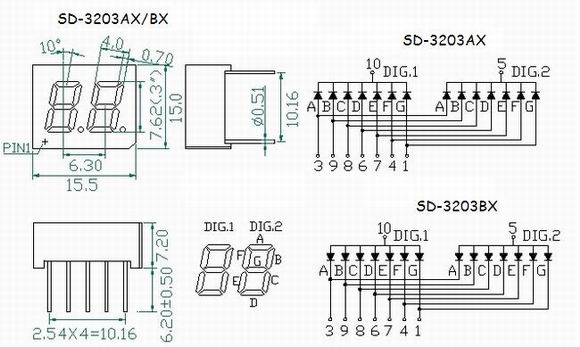Is there an example for using a 10 pin 2 digit 7 segment display similar the picture below?
It is common anode and actually has 10 pins (pin 2 is the DP or decimal point). I have all of the LED pins (1-4 and 5-9) hooked up to their own GPIO and the common anodes are hooked up to pins 10 and 5 through a PNP transistor. Those 2 transistors are hooked up their own GPIO pins. I need an example to multiplex the 2 displays without adding any other chips.
I did this before on Arduino using an old library I found but not sure how to do this on nRF51822.
I am using a custom board with nrf51822 chip. SDK 12.
Any help would be appreciated!
 7 segment display?
7 segment display?

